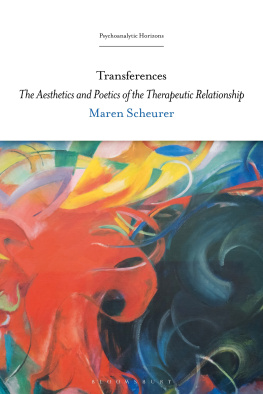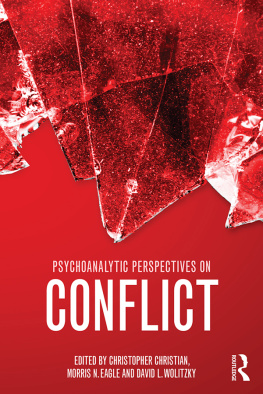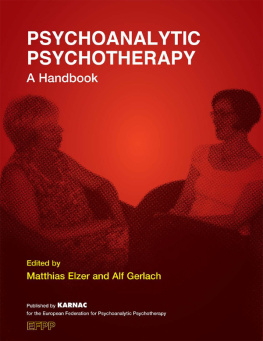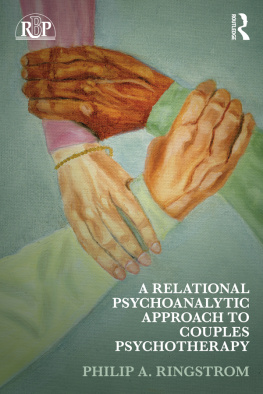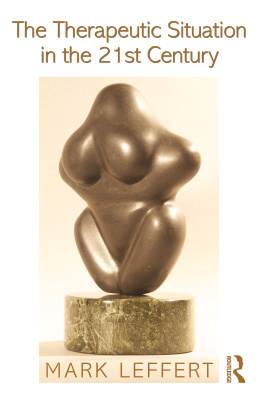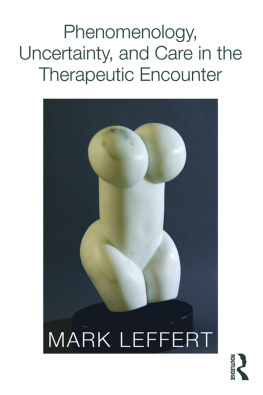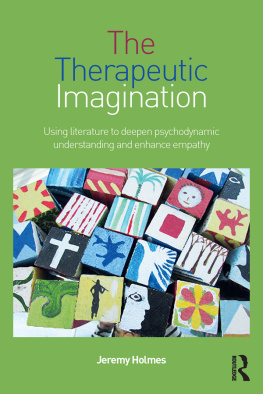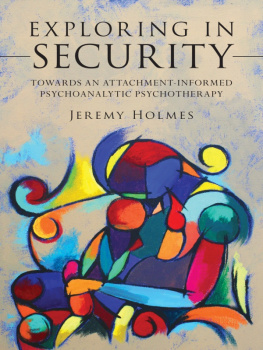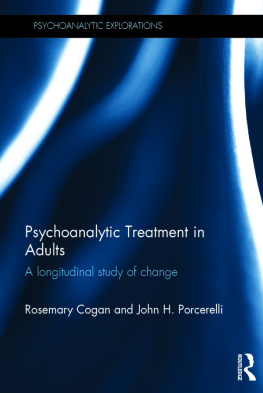Transferences
PSYCHOANALYTIC HORIZONS
Psychoanalysis is unique in being at once a theory and a therapy, a method of critical thinking and a form of clinical practice. Now in its second century, this fusion of science and humanism derived from Freud has outlived all predictions of its demise. Psychoanalytic Horizons evokes the idea of a convergence between realms as well as the outer limits of a vision. Books in the series test disciplinary boundaries and will appeal to scholars and therapists who are passionate not only about the theory of literature, culture, media, and philosophy but also, above all, about the real life of ideas in the world.
Series Editors
Esther Rashkin, Mari Ruti, and Peter L. Rudnytsky
Advisory Board
Salman Akhtar, Doris Brothers, Aleksandar Dimitrijevic, Lewis Kirshner, Humphrey Morris, Hilary Neroni, Dany Nobus, Lois Oppenheim, Donna Orange, Peter Redman, Laura Salisbury, Alenka Zupani
Volumes in the Series
Mourning Freud , Madelon Sprengnether
Does the Internet Have an Unconscious? Slavoj iek and Digital Culture,
Clint Burnham
In the Event of Laughter: Psychoanalysis, Literature and Comedy
Alfie Bown
On Dangerous Ground: Freuds Visual Cultures of the Unconscious
Diane ODonoghue
For Want of Ambiguity: Order and Chaos in Art, Psychoanalysis, and Neuroscience
Ludovica Lumer and Lois Oppenheim
Life Itself Is an Art: The Life and Work of Erich Fromm
Rainer Funk
Born After: Reckoning with the German Past
Angelika Bammer
Critical Theory Between Klein and Lacan: A Dialogue
Amy Allen and Mari Ruti
Transferences: The Aesthetics and Poetics of the Therapeutic Relationship
Maren Scheurer
At the Risk of Thinking: An Intellectual Biography of Julia Kristeva (forthcoming)
Alice Jardine
The Analysts Desire: Ethics in Theory and Clinical Practice (forthcoming)
Mitchell Wilson
Transferences
The Aesthetics and Poetics of the Therapeutic Relationship
Maren Scheurer

Contents
I am deeply indebted to Edgar Pankow, Julika Griem, Justus Fetscher, Frank Schulze-Engler, and Achim Geisenhanslke, without whose guidance, encouragement, and support this book would not have been possible. My warmest thanks go to all the colleagues and friends who have helped shape this book. For the countless hours they have invested in reading my work, for their critical interventions and invaluable suggestions for improvement, and for the inspiration I could always draw from our conversations, I thank Iva Apostolova, Adrian Chapman, Annika Eisenberg, Vincent Frhlich, Guido Furci, Erik Grayson, Andrea Gremels, Samuel Kessler, Ruth Knepel, Agnes Jger, Aimee Pozorski, Anne Rggemeier, Caroline Sauter, Iris Schfer, Oliver Vlker, Julia Wilch, and Jan Wilm. Last but not least: To all my friends and family, I am deeply grateful for their love and support throughout this project.
Practical poetry
Not as a scientist, not as an apt technician, not even as a healer, perhaps as a magician or a prostitute, in the intimacy with strangers businesscertainly, however, as a poet: this is how psychoanalyst Dr. Jamal Khan understands himself in Hanif Kureishis 2008 novel Something to Tell You (413). He tells us: For Freud, as for any other poet, words, the patients spoken words and those of the analyst, were magic; they brought about change (99). Describing the founder of psychoanalysis as a poet is not, however, as radical or surprising as it may appear at first. After all, Freud himself had recognized in his earliest writings that his case studies read like short stories ( Novellen ) (, my translation). It is also well known that Freud was fascinated with literature and saw himself called to deliver audacious interpretations of the works of poets (545, my translation).
In Kureishis novel, Jamal understands the psychoanalytic profession from the viewpoint of his teacher Tahir Hussein, a fictional disciple of Donald Winnicott. Jamals view goes further than appreciating the artistic achievements of a few outstanding psychoanalysts or legitimizing the practice of applied psychoanalysis with interpretations of artists and their work. In this understanding, psychoanalysis is not just a discipline that produces literary vignettes or sometimes poaches on the hunting grounds of literary, art, and media scholars. Instead, it is a practice that is itself based on an aesthetic process:
My profession is not, and should not be considered, a straight science. It was impossible for Freud to say that he cured people by poetry. Yet observe the important figures and see how like poets they are, with their speculative jumps and metaphors: Jung, Ferenczi, Klein, Balint, Lacan, )
If, as both psychoanalysts and writers seem to think, psychoanalysis were an artistic discipline that cures by poetry and allows every analyst her own aesthetics, it would mean that the most important link between psychoanalysis and other arts could be found not in its theoriesnot in the Oedipus complex, in dream interpretation, or in the structural model of the mindbut in its therapeutic process. Not without reason, British psychotherapist Adam Phillips describes psychoanalysis as a kind of practical poetry () with its own poetic methods. But what would the resulting aesthetics and poetics of psychoanalysis look like? And what do they have to do with the fascination psychoanalytic work apparently holds for a writer like Hanif Kureishi?
The art of the therapeutic relationship
Most psychoanalysts today identify the therapeutic relationship as the foundation of the therapeutic process.), something new is developed, which, in the case of a psychoanalytic encounter, is shaped by the particular conditions of the treatment situation and goes far beyond a mere professional service. The bond between analysand and analyst encompasses their real relationship in the therapeutic setting as well as all imaginary aspects of their encounter. These imaginary aspects, which are essential for the psychoanalytic understanding of the therapeutic relationship, were called transference ( bertragung ) by Freud. They were soon recognized as a crucial factor in psychoanalytic work and led to a concentration on the relationship between patient and therapist.
In his papers on technique, Freud describes the configuration of a therapeutic setting in the service of establishing and regulating transference ), Kleins disciple Paula Heimann turned countertransferenceand thus the inevitable subjectivity of the analystinto the central instrument of analytic technique. Winnicott emphasized the emotionally supportive function of the therapist and the creative aspects of the analytic process, while Bion developed a theory of unconscious communication. If today most psychoanalytic schools accept the interaction between therapist and patient as the essential aspect of psychoanalytic theory and technique, it is only because they have adopted these approaches. In Chapter 2, I will trace this development from Freud through his immediate disciples to object relations theory and contemporary theories of therapeutic interaction. Unfolding the intricate and conflicted history of psychoanalytic knowledge about its relational foundations is the best way to delineate a model of the therapeutic relationship that takes full account of the complexity of the debates surrounding this constituent element of psychoanalysis. By introducing the terms and theories that are the premises of the theoretical and fictional works that will be discussed later in this study, this overview of the therapeutic relationship will provide a conceptual background and help us understand why psychoanalysts might turn to art and why artists might turn to psychoanalysis in order to discuss the relationships in which they participate.

